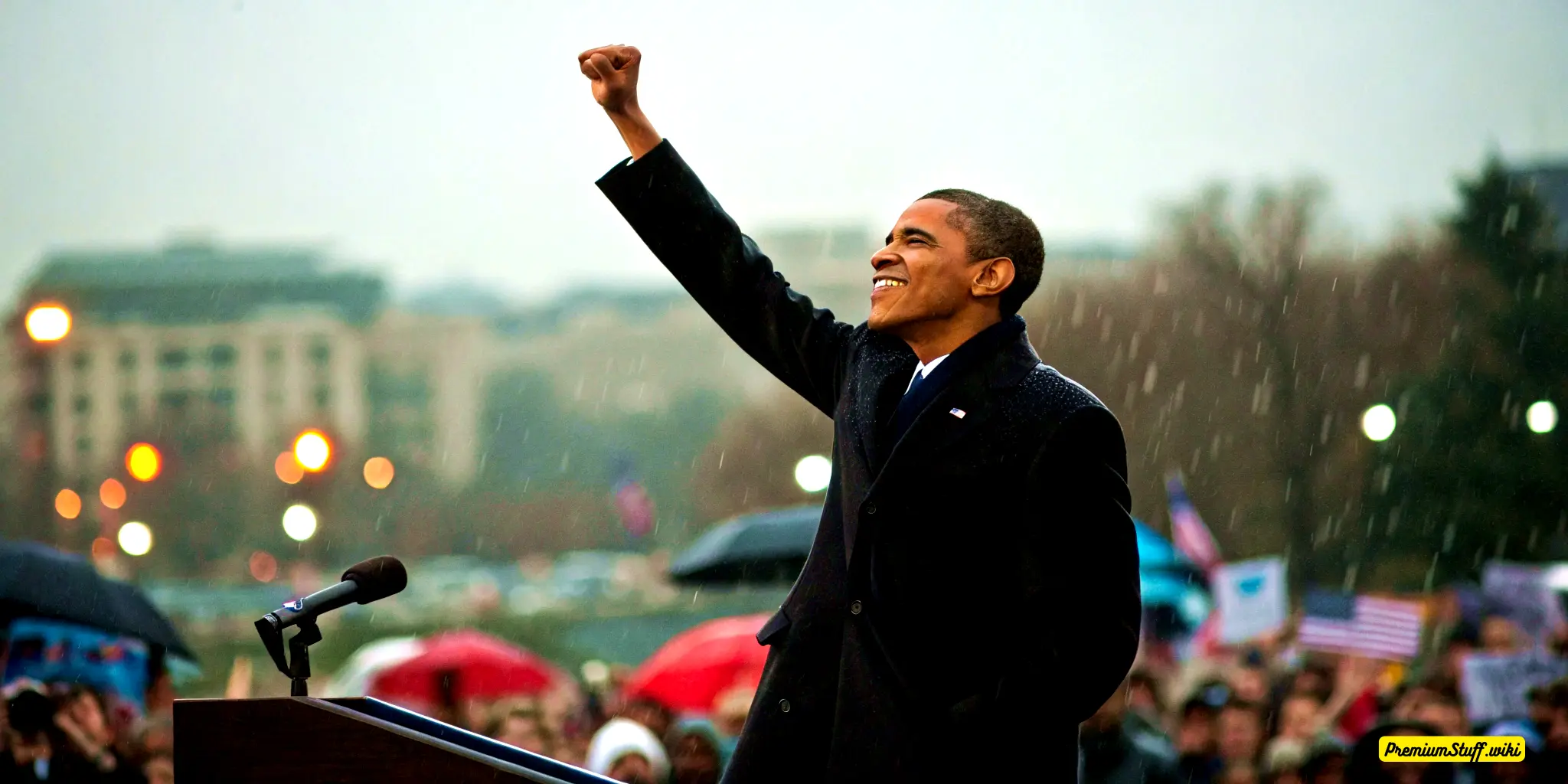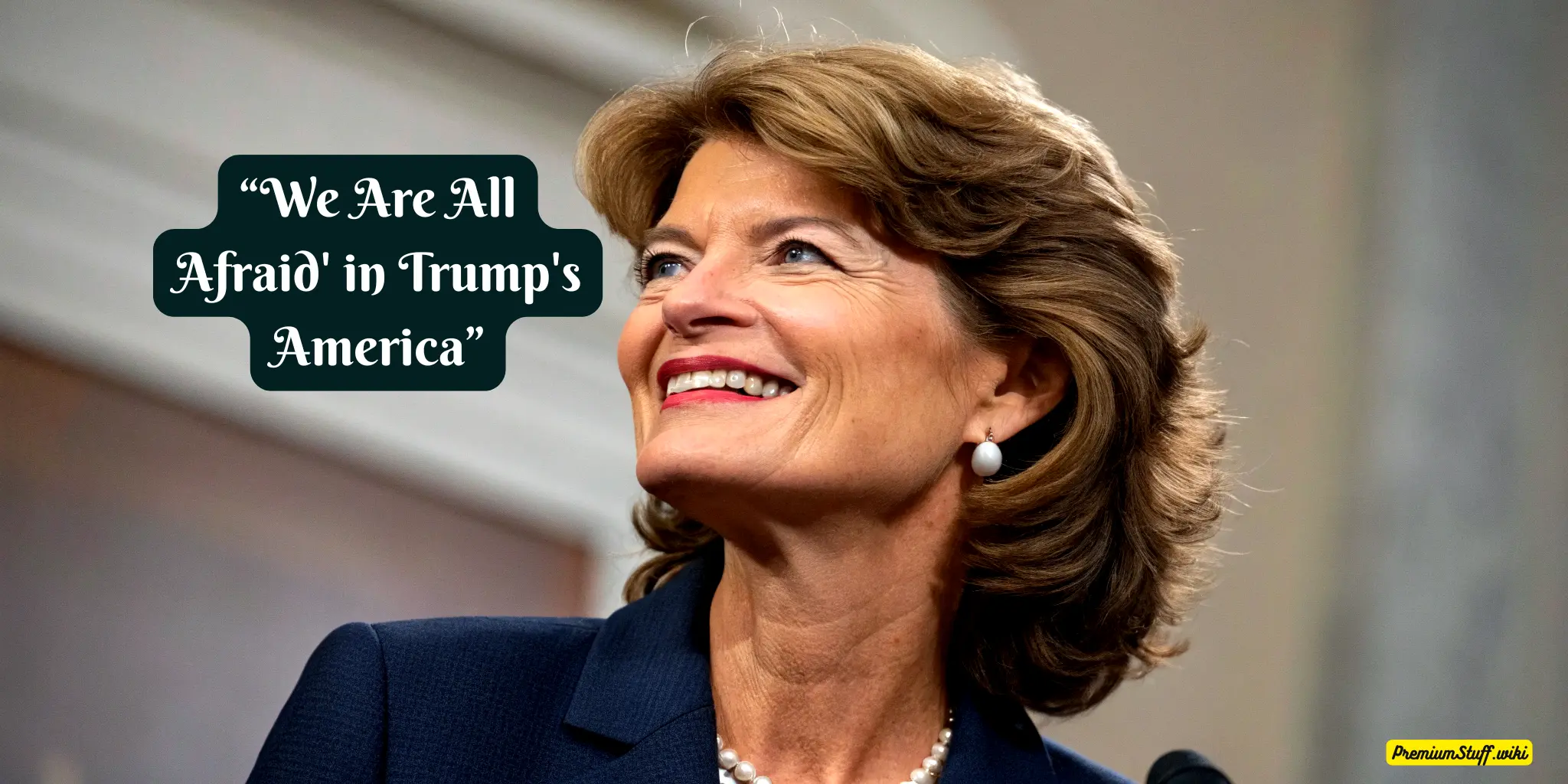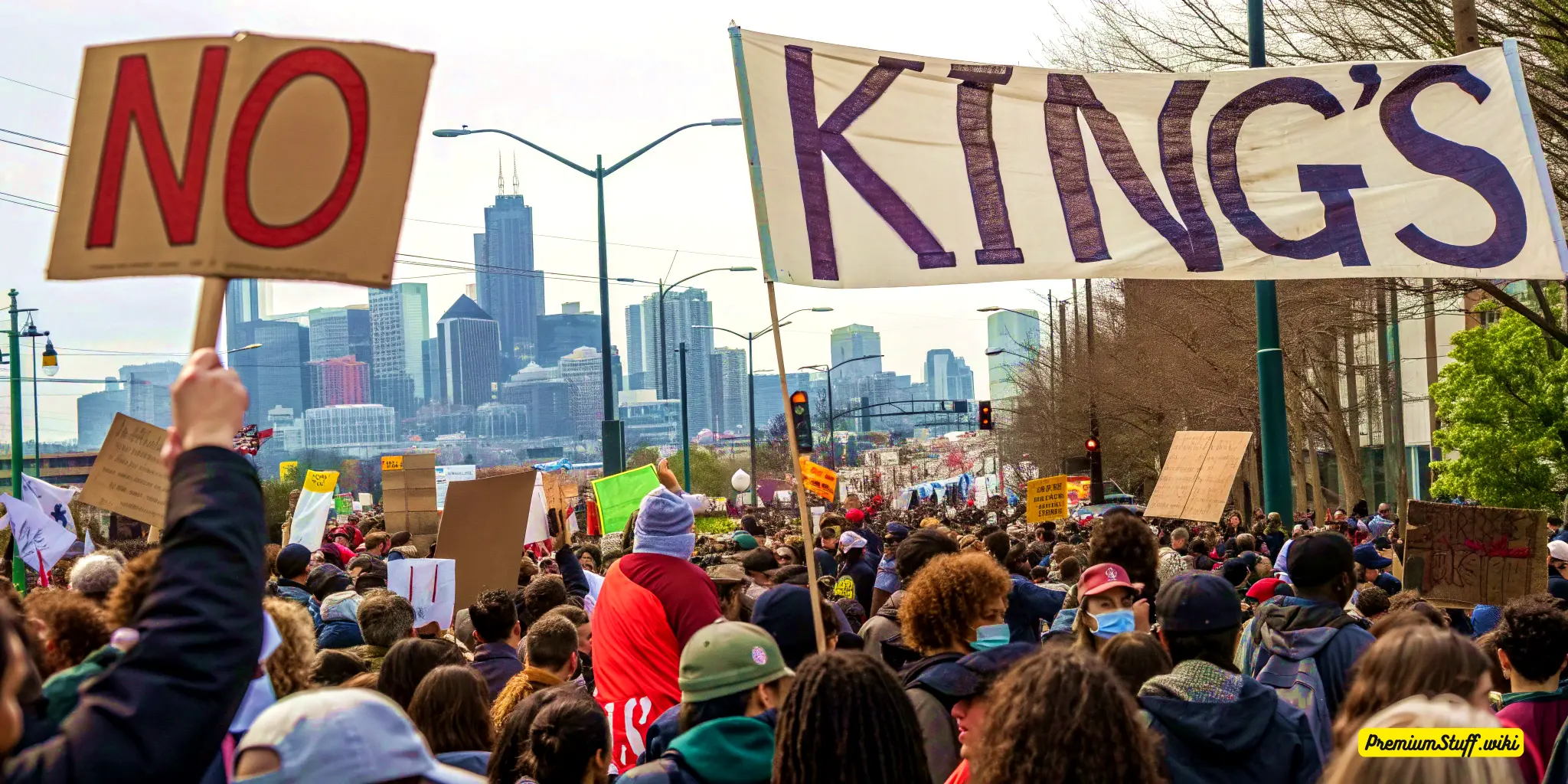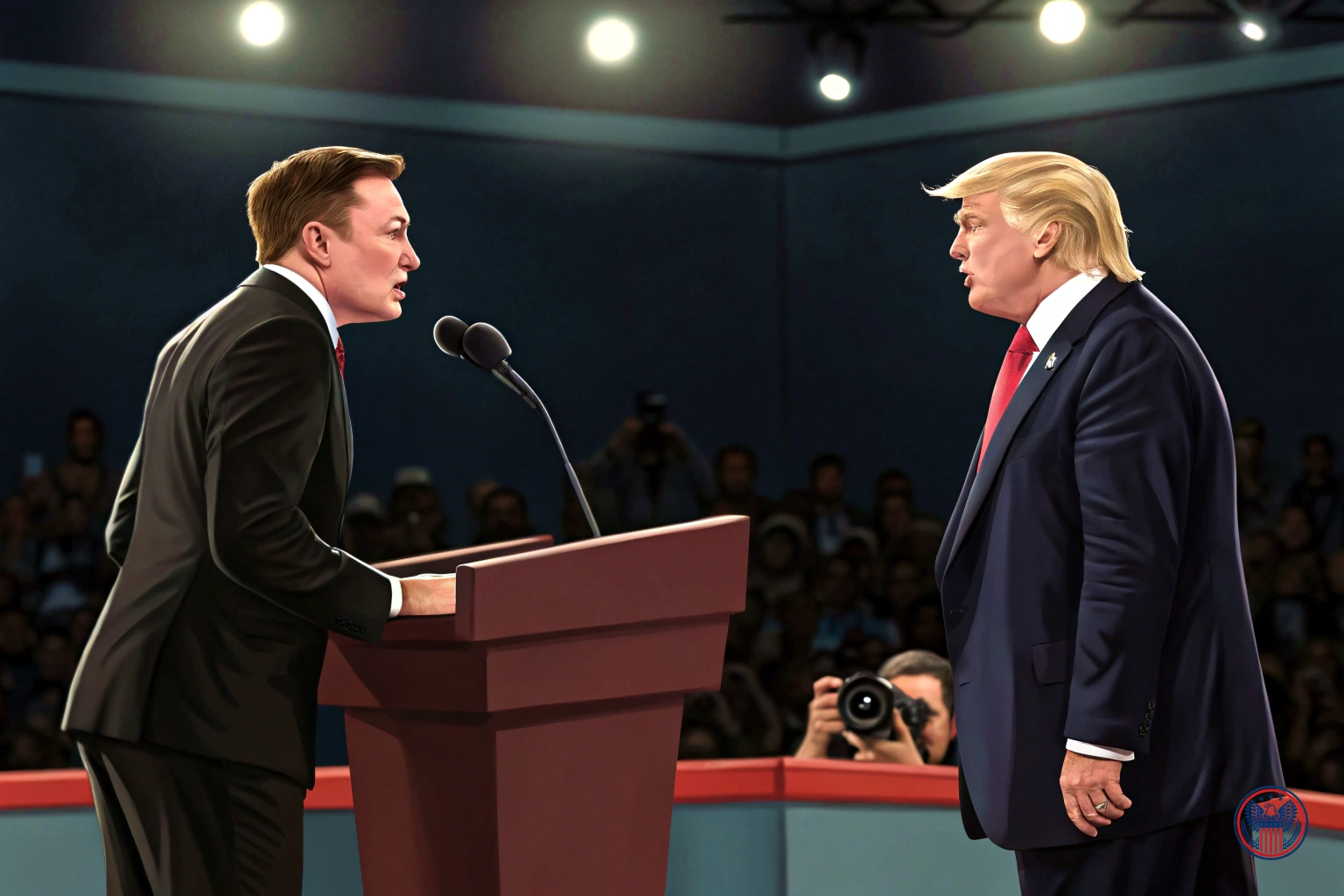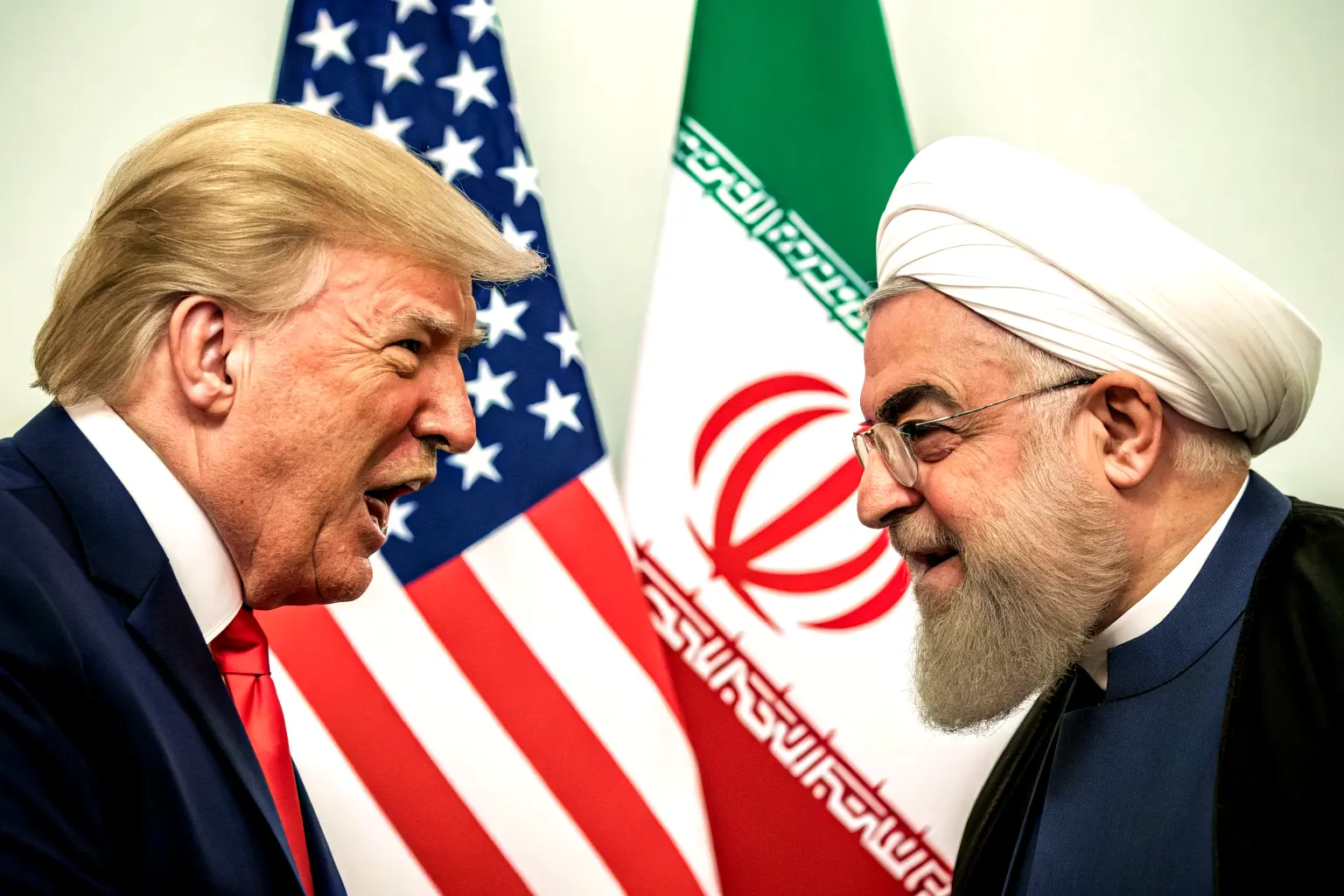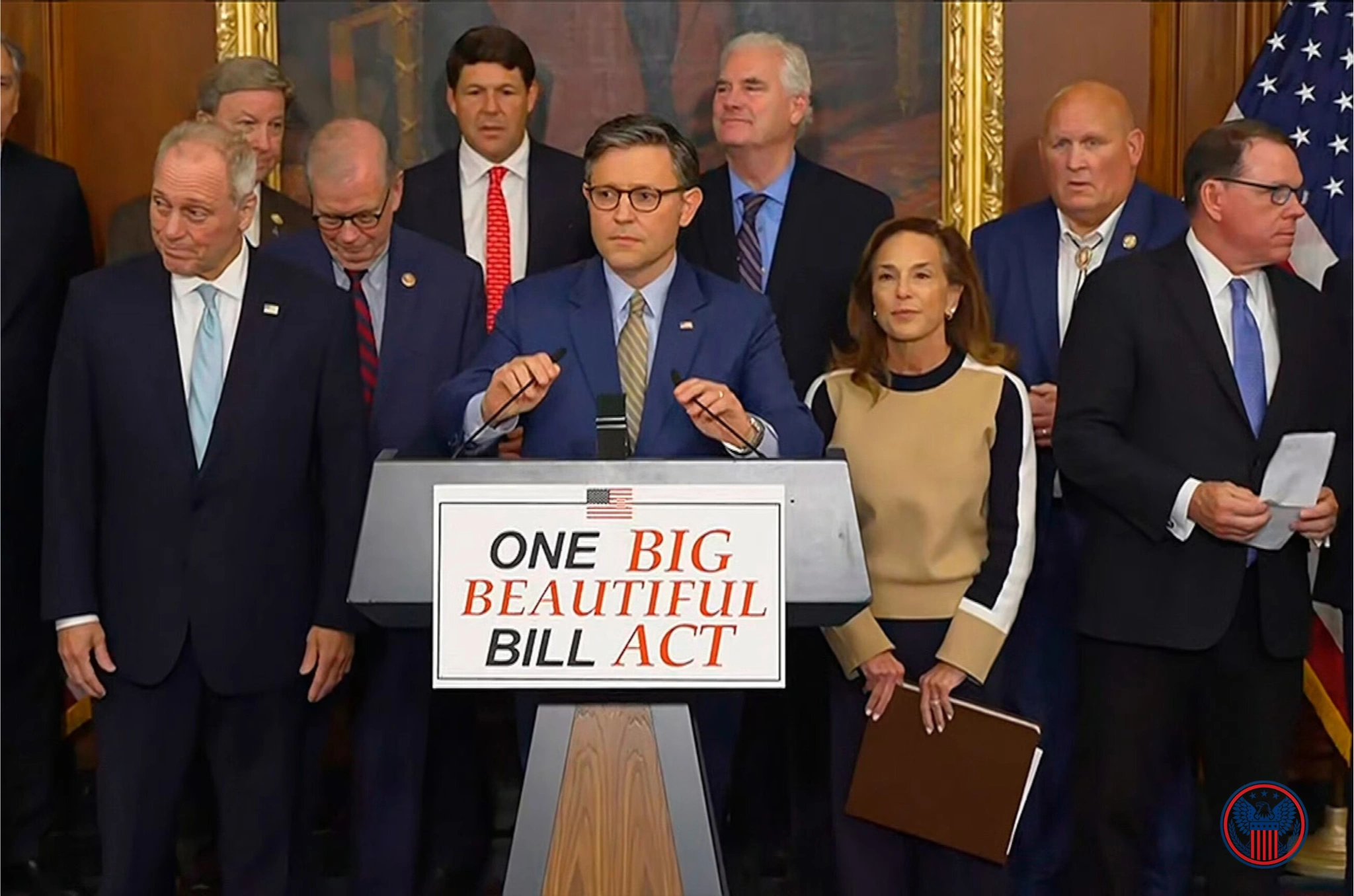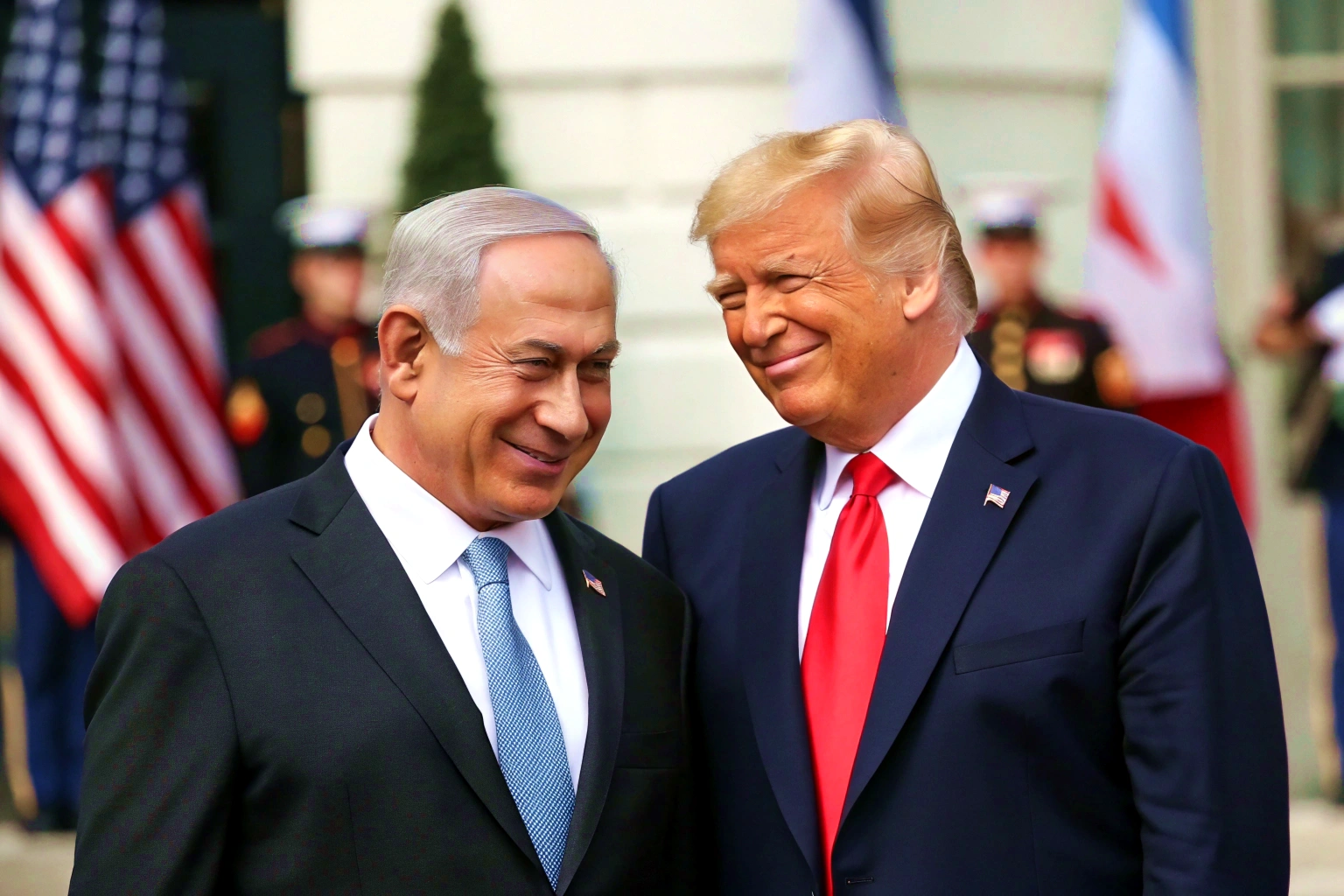Raskin Condemns Trump’s $45 Million “Supreme Leader Spectacle” as Medicaid Faces Cuts
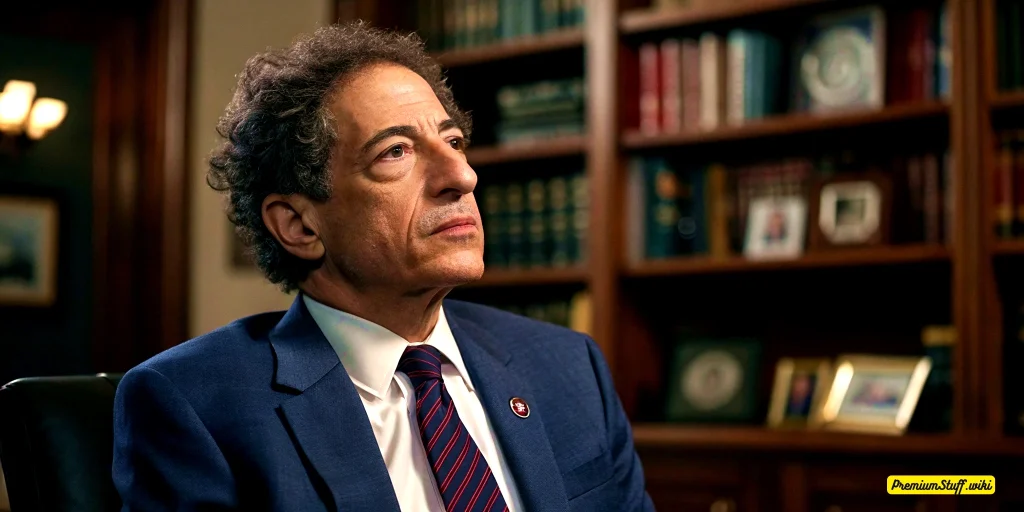
WASHINGTON, D.C. — June 14, 2025 — As armored vehicles rumbled down Constitution Avenue for a $45 million military parade celebrating the U.S. Army’s 250th anniversary—and coinciding with former President Donald Trump’s 79th birthday—Maryland Representative Jamie Raskin delivered a searing indictment of the event, branding it an “obscene military birthday extravaganza” and “supreme leader spectacle.” The Democrat condemned the display as a dangerous erosion of constitutional values, declaring: “We have a supreme Constitution—not a supreme leader.” His critique targeted not just the parade’s lavish cost but its timing amid Republican efforts to pass a $4 trillion spending bill slashing Medicaid, food assistance, and veterans’ programs.
The parade, featuring 128 tanks, 7,000 troops, and aircraft flyovers, drew bipartisan scorn for its price tag and perceived authoritarian symbolism. Trump dismissed concerns about its $25–45 million cost as “peanuts” compared to showcasing U.S. military might. Yet Raskin highlighted the jarring contrast: “As tanks roll down Pennsylvania Avenue, remember this is all courtesy of taxpayers. Maybe there will be goodie bags for 14 million people who used to have Medicaid.” His social media posts skewered taxpayers funding Trump’s “surprise party” while House Republicans advanced legislation adding $2.4 trillion to the national debt through corporate tax cuts and subsidies for wealthy homeowners.
Fiscal Hypocrisy and Human Costs
The parade’s expense—covering everything from steel plates protecting D.C. roads from tank damage to aerial demonstrations—clashed with austerity measures targeting vulnerable Americans. The GOP’s “One Big Beautiful Bill” would impose strict work requirements on Medicaid recipients, risking coverage for millions, while terminating the Veterans Affairs Servicing Purchase program that prevented homelessness for 13,000 at-risk veterans. Chris Purdy, an Army veteran protesting near the Capitol, called the parade “gross” amid cuts: “I’m seeing attacks on veterans while $45 million is spent flexing tanks.” Hours before the procession, 60 veterans were arrested breaching police lines, their signs reading: “We wore uniforms for freedom—we won’t be silenced.”
Constitutional Crisis and Militarized Politics
Raskin linked the parade to Trump’s broader “authoritarian playbook,” including deploying Marines to Los Angeles without California Governor Gavin Newsom’s consent and Homeland Security agents handcuffing Senator Alex Padilla for questioning immigration raids. Military experts warned the parade risked politicizing the armed forces, noting Trump’s recent rally at Fort Bragg where uniformed troops booed mentions of President Joe Biden. Carrie Ann Lee of the German Marshall Fund observed: “As many lengths as Army leaders take to depoliticize the parade, casual observers see it as political weaponization.” Even Republicans like Senator Rand Paul criticized the display, comparing it to “Soviet or North Korean” spectacles and lamenting: “We were proud not to be that.”
“No Kings” Protests and Democracy’s Line in the Sand
While tanks paraded in D.C., thousands joined “No Kings” rallies in 1,800 cities nationwide, deliberately avoiding the capital to counter what organizers called Trump’s “billionaire-first politics.” In Philadelphia, protesters waved signs reading “In America, we don’t do kings”—a direct rebuke to Trump’s threat to use “very big force” against dissenters. The movement gained urgency after Trump mobilized troops against immigration protests, with a federal judge ruling the deployment unlawful before an appeals court paused the decision. Janessa Goldbeck, a Marine Corps veteran, condemned the militarization: “They’re reshaping the military into a tool of domestic power.”
A Nation’s Choice
As rain fell on D.C.—which Trump called “good luck”—the day crystallized a defining tension: between constitutional governance and personality-driven power. With 64% of Americans opposing parade funding and experts warning of eroding democratic norms, Raskin’s words resonated beyond the capital’s spectacle: “The real battle isn’t between left and right. It’s between those who believe in the Constitution and those who worship at the feet of a strongman.” Whether through steel tracks on Pennsylvania Avenue or protests in Philadelphia, June 14 underscored a republic grappling with its soul.

